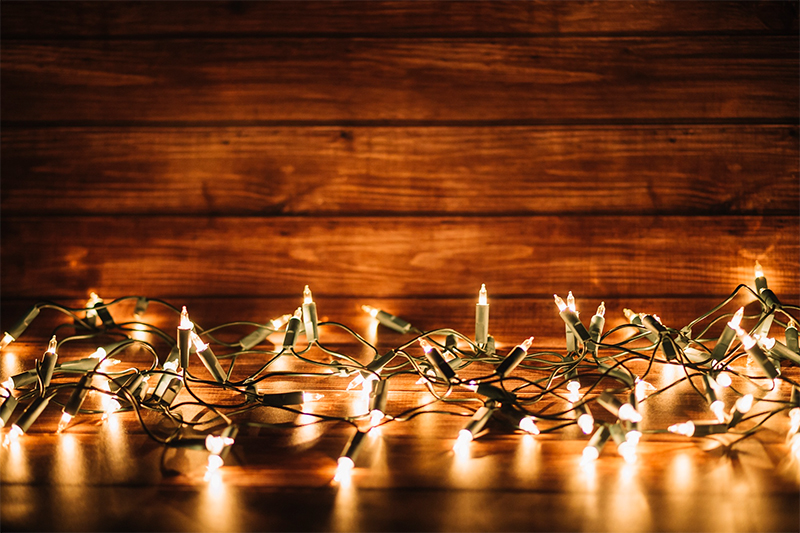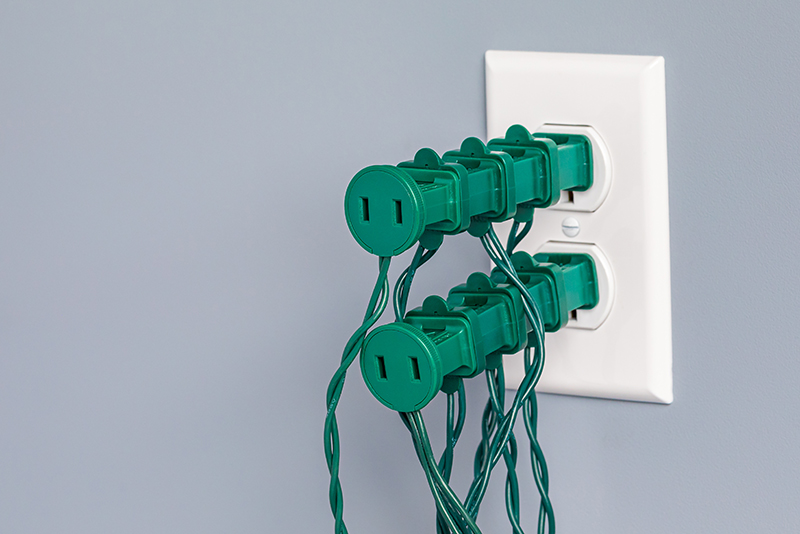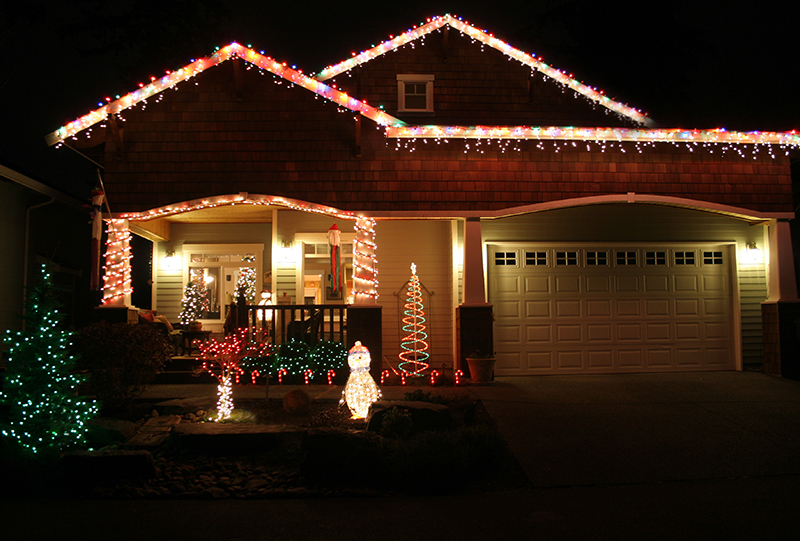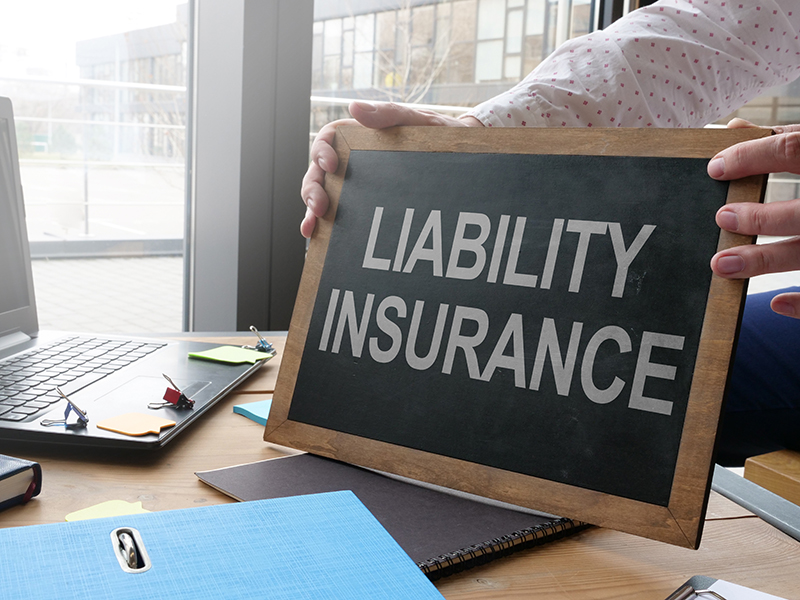Christmas Lights Fires
Every year, millions of households around the world deck their halls with beautiful Christmas lights to celebrate the holiday season.
The tradition of lighting up our homes with these festive decorations has not been without its hazards. Each year, Christmas lights fires pose a risk to homes and properties, often due to faulty wiring or improper use of the lights.
On average, U.S. fire departments respond to 790 home structure fires each year caused by decorations, excluding Christmas trees. These fires result in 4 civilian fire deaths, 33 civilian fire injuries, and $14 million in direct property damage annually. [1]

What Legal Actions Are Possible for a Fire Caused By Christmas Lights?
Legal actions for a fire caused by Christmas lights may include potential product liability claims for defective wiring and premises liability claims for negligence.
Product liability claims can be pursued against the manufacturer or seller of the Christmas lights if it can be proven that the wiring was defective and directly caused the fire.
Premises liability claims for negligence can be brought against the property owner if they fail to take reasonable precautions to prevent a fire.
The extent of damages and any prior incidents caused by the same Christmas lights can also be factors in determining liability.
Can Sue a Manufacturer for a Christmas Lights Fire?
There may be potential legal grounds for suing the manufacturer of the Christmas lights for the damages incurred.
These damages may include property damage, personal injury, and emotional distress, among others.
Property Damage
The coverage for property damage in a home insurance policy typically includes damage caused by fire, including a Christmas lights fire.
When filing a claim for property damage, you will need to provide documentation such as a detailed description of the damage, including:
Report the damage to the insurance company as soon as possible to begin the claims process.
Coverage limits and deductibles for property damage will vary depending on the specifics of your policy, so it’s important to review these details carefully.

Burn Injury
In the event of a burn injury at your home due to Christmas lights, it is vital to take immediate action to ensure that the injured person receives the necessary medical attention and to protect yourself from any potential liability.
The first step is to call for emergency assistance if the injury is severe. Then, contact your home insurance company to report the incident and file a claim.
Your home insurance policy likely includes a provision for medical payments to others, which can help cover the injured person’s medical expenses, regardless of who was at fault.
If the injury is serious and the medical payments coverage is not enough to cover the costs, you may need to consider whether additional liability protection is necessary. This is where an Umbrella Policy can come into play.
An umbrella policy provides extra liability coverage beyond what is provided by your standard home insurance policy, which can be essential in the event of a costly bodily injury claim.
Punitive Damages
Punitive damages are a form of monetary compensation awarded in legal proceedings to punish a defendant for their egregious behavior and to deter them and others from future misconduct.
These damages go beyond compensating the plaintiff for their losses and are intended to send a message to the defendant and others in similar situations.
In cases involving Christmas lights fires, punitive damages may be awarded if the defendant’s conduct was especially reckless or intentional, leading to property damage, injuries, or death.
For example, if a company knowingly sold faulty Christmas lights that caused a fire, resulting in significant harm, punitive damages may be considered.

Types of Coverage That May Apply to Holiday Light Fires
When a Christmas lights fire occurs, it can result in extensive damage to property and pose serious safety risks. In such situations, Individuals must understand the types of coverage that may be relevant when suing the manufacturer.
Whether it’s liability coverage, product liability coverage, or homeowners insurance, the specific circumstances of the Christmas lights fire will determine which type of coverage is applicable for holding the manufacturer accountable.
Understanding these different types of coverage is essential for ensuring that individuals affected by a Christmas lights fire have the necessary financial protection and legal recourse to seek compensation.
Liability Coverage
A business owner’s policy for a Christmas lights installation business may include several types of liability coverage to protect the business from potential risks and liabilities.
These coverage options may include general liability, which can protect the business from third-party claims of bodily injury or property damage caused by the installation or maintenance of Christmas lights.
Product liability coverage may be included to protect the business from claims related to any defects in the Christmas lights or related products that could result in injury or property damage.

Product Liability Claim Coverage
Professional liability insurance for a Christmas lights installation business typically includes coverage for product liability claims.
This means that the policy provides protection if a customer files a claim due to damages or injuries caused by the products used during the installation of Christmas lights.
Specific coverage for product liability claims may include legal defense costs, settlements, and judgments related to the use of faulty or defective products that result in property damage or bodily injury.
Exclusions or limitations could include claims related to the use of recalled or banned products, deliberate misuse or abuse of products, and failure to follow manufacturer guidelines or installation instructions.
Duty of Care Owed by Manufacturer to Consumers
Manufacturers owe a duty of care to consumers in product liability cases, based on the principle that they have a responsibility to ensure the safety of their products.
This duty includes designing and manufacturing products that are safe for their intended use and providing adequate warnings and instructions to prevent any potential harm to consumers.
This duty is breached when products are defectively designed, manufactured, or fail to provide adequate warnings or instructions.
For example, if a manufacturer sells Christmas lights that are prone to overheating and causing fires, they have breached their duty of care to consumers.
If the manufacturer fails to provide clear instructions on how to properly use and maintain the Christmas lights, they are also in breach of their duty of care.
In product liability cases, the breach of the duty of care by the manufacturer can result in legal consequences, such as being held liable for any harm caused to consumers.
Negligence and Breach of Warranty for a Christmas Lights Fire
Negligence in the context of suing a city for electrical fire accidents refers to the city’s failure to take reasonable precautions to prevent or address electrical fire hazards.
This could include inadequate maintenance of electrical systems, failure to inspect and repair faulty wiring, or failure to enforce safety regulations for holiday decorations, such as Christmas lights.
Breach of warranty can apply when the city has made explicit or implied promises regarding the safety of the electrical systems but has failed to meet these standards, resulting in fire accidents.
If a city guarantees regular inspection and maintenance of public lighting systems but fails to do so, it may be liable for breach of warranty in the event of an electrical fire accident.
If the city fails to properly respond to reports of faulty wiring or electrical hazards, this neglect could also be considered a breach of duty owed to the public. In these situations, the city can be held liable for negligence and breach of warranty for electrical fire accidents.

Product Defects and Safety Requirements for a Christmas Lights Fire
Product defects in Christmas lights can include faulty wiring, overheating, or flammable materials. These defects can lead to electrical fires, burns, or shock hazards.
To prevent these potential risks, safety requirements must include compliance with industry standards for electrical components, such as grounding and overload protection.
Specific defects identified in Christmas lights include exposed or frayed wiring, overheating sockets, and easily ignitable materials.
If you have been injured due to a Christmas light-related fire, our dedicated personal injury attorneys at Goldberg & Loren can help you. We are experienced in product liability cases and can help ensure that you receive the compensation you deserve for your losses.
Source:
[1] NFPA – Winter holidays. (n.d.). https://www.nfpa.org/education-and-research/home-fire-safety/winter-holidays

